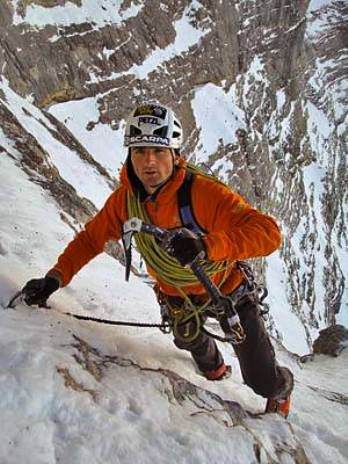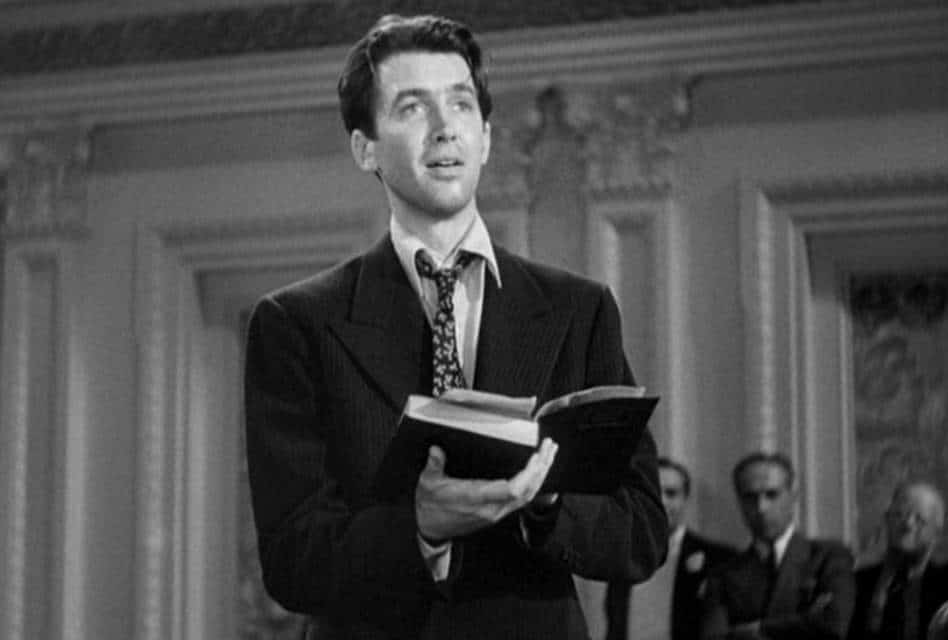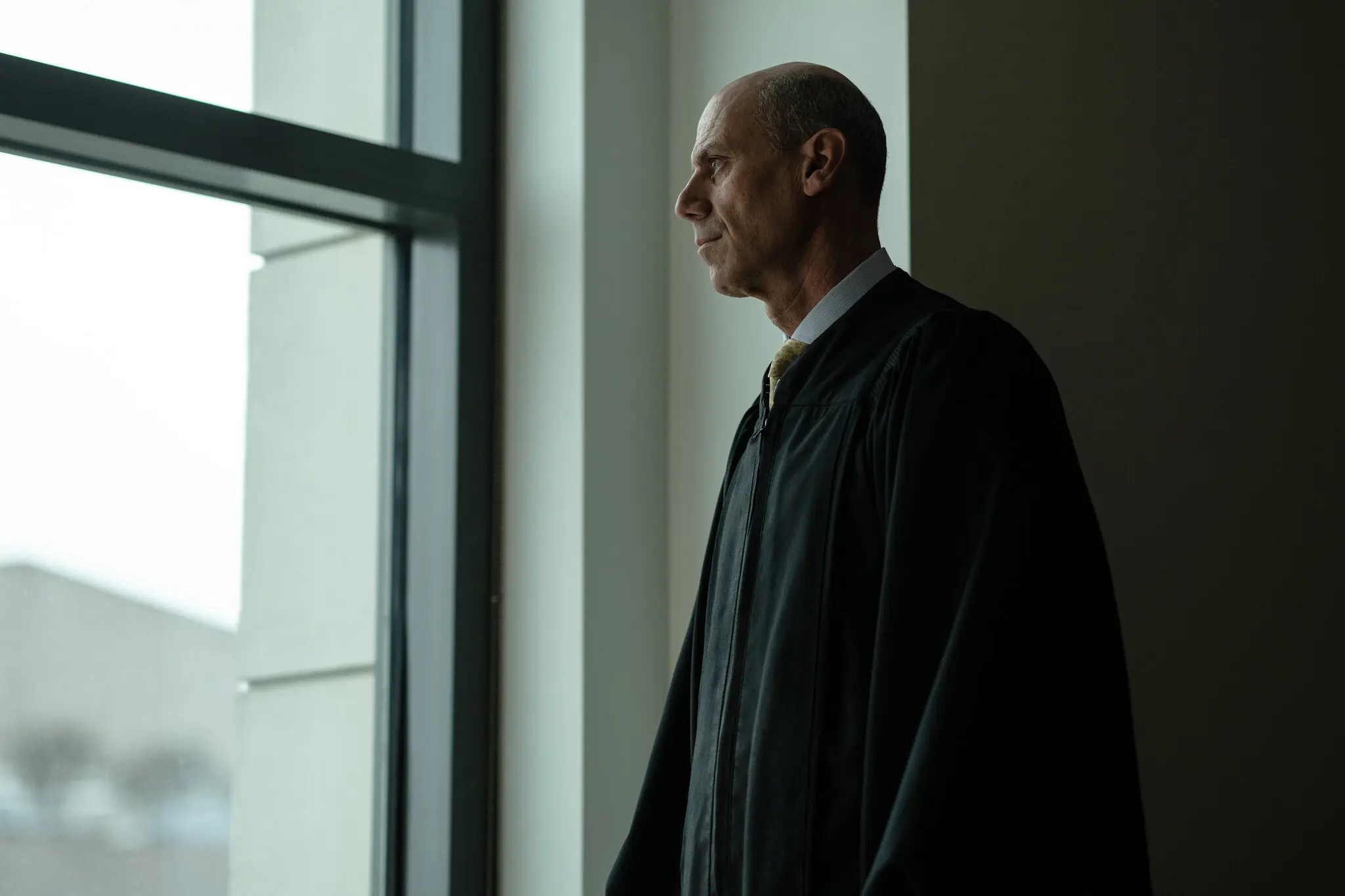What is your word worth?
“Step by step I moved on. I kept telling me ‘Just fight, just fight,’ again and again. When I reached the summit ridge I could hardly believe it. With my altimeter I checked everything very carefully, I followed the ridge and I know I was on highest point.”

That’s Swiss climber Ueli Steck, considered by his peers to be both the best and fastest in the world of high-altitude climbing, describing the moment he reached the top of Annapurna 1 without ropes, oxygen, and without a climbing partner. (That’s a Steck ‘selfie’ on the north face of the Eiger in 2007, one of the most challenging climbs in the world.)
No one has successfully climbed Annapurna solo before. So, this would be a world record, but how do you verify?
When Roger Bannister ran the first sub-4-minute mile, officials and stop watches were in attendance. When you think about it, most world records have a great deal of verification to support their claims. However, the world of solo climbing, particularly at high-altitude, is another matter altogether.
“At 8,091 meters,” The Wall Street Journal writes (Oct. 15), Annapurna’s summit is the tenth highest in the world. It is the least climbed of the world’s mountains above 8,000 meters and the most treacherous. It took [Steck] just 28 hours to climb from advanced base camp to the summit and back again, in what is thought to be the first solo ascent of Annapurna’s south face.”
” ‘As long as I could climb I was extremely efficient. This I had in my mind all the time,’ wrote Steck, who is nicknamed the Swiss Machine. ‘The thin air at 7,000 meters is not yet death zone. At this height I could move quite easily. Only the cold was a problem.’
“As daylight approached, Steck says he tried to take a photograph of the headwall but a gust of wind nearly knocked him off the mountain and he lost a down glove and his camera. He was then forced to climb with his finger gloves, alternating the remaining down glove between his left and right hand depending on how cold they got.”
“However,” The New York Times writes (Apr. 4) , “the challenge didn’t end when Steck returned to base camp. After overcoming one of the most difficult feats in his sport, Steck had to overcome doubters, who claimed that he had no proof of his climb. Steck didn’t have a photo of the summit; his altimeter had broken during his ascent; and he hadn’t used a G.P.S. tracker, all of which are accepted means of documenting such a climb. All the climbing world had for proof was Steck’s word.
“Despite the controversy,” The Times said, “last Saturday evening in Courmayeur, Italy, Steck, 37, was awarded the Piolet d’Or (French for golden ice ax), mountaineering’s highest accolade, which honors the most impressive mountain climbs of the previous year.
“What made Steck’s feat particularly remarkable was the manner in which he climbed Annapurna, largely considered the most dangerous mountain in the world to climb, with a 38 percent fatality rate.
“Early in the ascent, Steck’s partner deemed the face too risky, so he left Steck to continue up the mountain alone. In his final push, Steck carried only a pocketful of energy bars, a bottle of water, a headlamp and a rope strapped to his back to supplement his ice axes and crampons. (He used the rope only to rappel down sections of the descent.) He didn’t sleep. He didn’t employ supplemental oxygen, commonly used when climbing over 25,000 feet. Nothing affixed him to the mountain, meaning one small misstep would have most likely meant death.”
Nonetheless, “As tremendous as Steck’s accomplishment was, it was also mired in controversy. Steck didn’t have a photo of the summit…
“Ultimately, the other Piolet d’Or nominees and judges had no doubt that Steck had accomplished what he said he did. He gave a detailed description of his route to the judges, which was corroborated by Benoist and Graziani [two French climbers who recently ascended the mountain along much of the same route as Steck.]”
Further, The Times notes, “Photographers at the base camp tracked his progress until nightfall with a telephoto lens, and Sherpas reported seeing the glow of his headlamp just below the summit.”
So, if you were on the committee, would you take Steck’s word?
“It’s not an issue,” said [U.S. climber and Piolet d’Or nominee Mark] Allen. “I think it happens a lot. People lose images. There’s a lot of integrity in the climbing community, and there are very few examples of people who didn’t achieve what they claimed to achieve.”
“Other jury members weren’t pleased with Steck’s decision to leave his partner and continue on the climb alone. Team spirit, or ‘the brotherhood of the rope,’ as it’s called in American climbing circles, is a central tenant of mountaineering.
“Despite the controversy, the nominees and judges ultimately agreed that Steck’s ascent had been a stunning accomplishment in the world of mountaineering and that he deserved the honor.”
So, what is Steck’s word worth?
Apparently, plenty. The Swiss climber’s character had been established on similar solo assents and, despite the fact that he continued on without a partner, “His ascent of Annapurna is, in terms of speed, commitment, moving light and fast on a very big mountain face, on an 8,000-meter peak, it’s an extremely significant ascent,” New Zealand mountaineer Graham Zimmerman said.
Moral of the story: Value your reputation. Who you become is determined by what you do.
Comments










